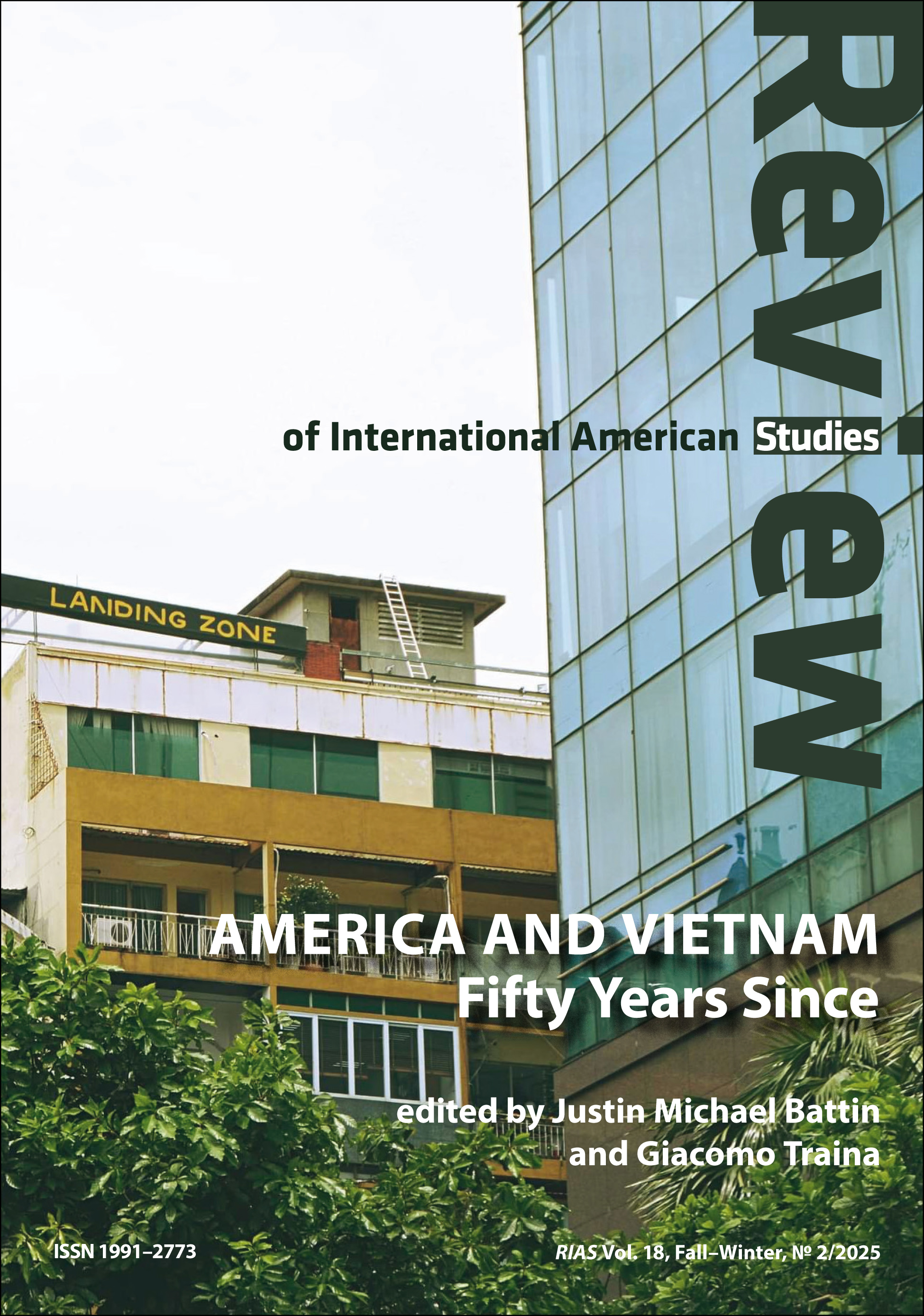Peer Review Process
RIAS solicits two types of contributions: commissioned texts (undergoing open peer reference) and non-commisioned submissions (undergoing double-blind peer reference). Each submission is reviewed by two independent referees.
Referee's responsibilities
- The peer referee shall provide the Editors with information that will allow them to make an informed decision concering the publication of the material.
- The peer referee shall provide the Author with relevant information allowing him or her to revise her contribution to meet the highest standards of academic quality or to improve their writing in the future.
- The peer referee shall deliver his or her review promptly or shall notify the Editor about any circumstances that prevent him or her from the timely delivery of the review.
- The peer referee shall be impartial in their evaluation of the submission.
- The peer referee shall express his or her views clearly and unambiguously.
- The peer referee shall never use ad-hominem arguments.
- The peer referee shall not use the reference to strengthen their own academic or professional status.
- The peer referee shall disclose to the Editor any conflict of interest (please, consult the PLoS Policy to identify potential competing interests). The peer referee shall decline the reference upon the discovery of conflict of interest, and shall inform the Editor about such instances.
- The peer referee shall treat received documents as confidential.
- The referee is obliged to identify insufficient identification of sources or potential plagiarism, of which cases the referee shall notify the Editor.
Review guidelines
The Referees are requested to fill in all of the fields of the evaluation form below.
- What is your assessment of the general quality of the submission?
- Outstanding
- Good
- To be modified and resubmitted
- Unacceptable (to be rejected)
- What is your assessment of the style and intelligibility/comprehensibility of the submission?
- Style and register adequate for publication in RIAS or other high-ranking journal.
- Style is too difficult for readers who are not specialists in the field covered by the submission.
- Style is too colloquial, too many simplifications, etc.
- Style is idiosyncratic and thus makes the submission hard to understand (e.g.: language is too flowery, syntax is too complex, etc.)
- Too many language errors (vocabulary, syntax, collocations, idioms, etc.) to correct.
- Does the submission truly contribute to the development of the field of research it addresses?
- Yes, significantly.
- Yes, but to a limited extent.
- Not really.
- The text is derivative, does not contribute any new knowledge, lacks originality
- What, in your opinion, would be the profile of the readers interested in the submission?
- A broad spectrum of humanities scholars, their discipline notwithstanding.
- Only specialists in the field covered by the submission.
- Hard to say.
- Please, state your non-ambivalent recommendation:
- I recommend the text for publication in RIAS.
- The text requires some revisions: once the corrections have been implemented, I will recommend the text for publication.
- The text should be rejected.
- If the submission requires small revisions, then which elements need to be corrected, revised, complemented, etc.?
(The referee is requested to fill in an open field, in which he or she lists items to be revised and includes comments as well as recommendations for the Author to follo)



 10.31261/RIAS
10.31261/RIAS